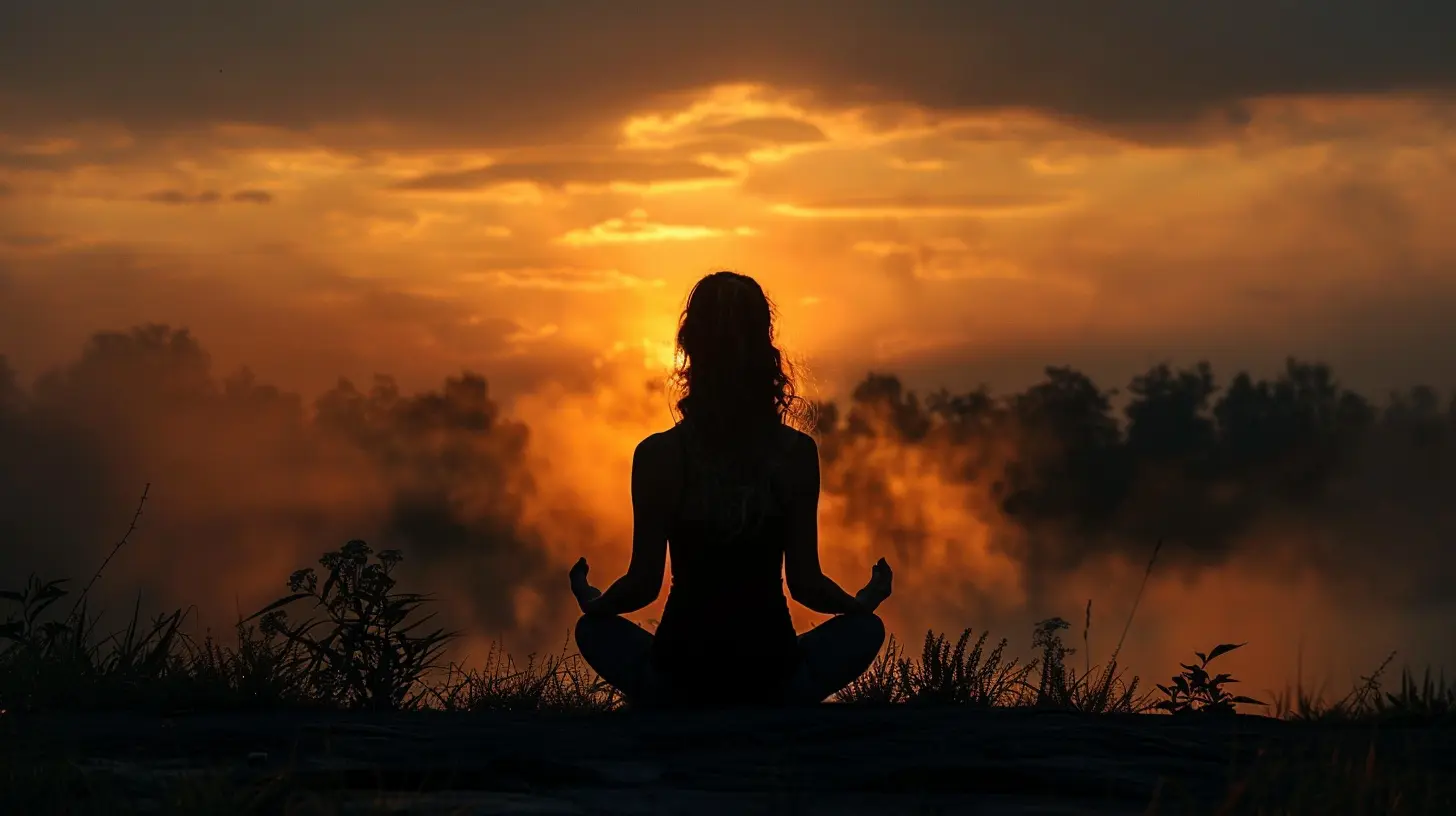Meditation for Beginners: Finding Inner Peace
27 July 2025
In today's fast-paced world, finding a moment of peace can feel like searching for a needle in a haystack. Between work, family, and endless notifications, stress easily takes a front seat in our lives. But what if there was a way to slow down, breathe, and reconnect with ourselves?
Enter meditation—a simple yet powerful practice that has been around for thousands of years. If you’re new to meditation, don’t worry. This guide will walk you through everything you need to know to get started, from understanding what meditation is to practical tips to cultivate your practice.

What is Meditation?
At its core, meditation is the practice of training your mind to focus and redirect your thoughts. Think of it as a gym workout—but for your brain. Just as you exercise to keep your body in shape, meditation helps keep your mind balanced, calm, and clear.Many people associate meditation with spirituality, but you don’t need to be religious to practice it. It’s a tool anyone can use to reduce stress, improve concentration, and enhance overall well-being.

The Benefits of Meditation
You might be wondering: why meditate? What’s in it for me? Well, science backs its effectiveness, and many people swear by its positive impact. Here are just a few benefits:1. Reduces Stress and Anxiety
Meditation helps lower cortisol levels (the stress hormone) in the body. Regular practice can make you feel calmer and more in control, even during chaotic moments.2. Improves Focus and Concentration
If you constantly find yourself distracted, meditation can help strengthen your attention span. It’s like lifting weights for your brain—over time, you’ll notice better focus and mental clarity.3. Enhances Emotional Well-Being
Ever feel overwhelmed by emotions? Meditation teaches you to acknowledge your feelings without being consumed by them. This leads to a greater sense of emotional stability and resilience.4. Promotes Better Sleep
Struggling with restless nights? Meditation has been shown to help with insomnia by relaxing the nervous system and promoting deep, restful sleep.5. Encourages Self-Awareness
Through meditation, you become more aware of your thoughts and behaviors. This self-reflection can lead to better decision-making and improved relationships.
How to Get Started with Meditation
Starting something new can be intimidating, but meditation doesn’t have to be complicated. Here’s a step-by-step guide to help you begin your journey.1. Find a Quiet Space
Choose a calm and peaceful place where you won’t be disturbed. It could be a quiet room, a cozy corner in your home, or even a spot in nature.2. Get Comfortable
You don’t need a fancy cushion or yoga mat. Sit on a chair, cross-legged on the floor, or lie down—whatever feels comfortable. Just keep your back straight to maintain good posture.3. Close Your Eyes and Breathe
Take a few deep breaths. Notice the air entering your nose, filling your lungs, and leaving through your mouth. Let go of any tension as you exhale.4. Focus on Your Breath
Your breath is your anchor. Pay attention to each inhale and exhale. If your mind starts wandering (and it will), gently bring your focus back to your breath without judgment.5. Start Small
You don’t need to meditate for hours. Begin with just 2-5 minutes a day, then gradually increase the time as you feel more comfortable.6. Be Kind to Yourself
Meditation is not about stopping thoughts—it’s about observing them without attachment. If your mind drifts, don’t get frustrated. Acknowledge the distraction, then return to your breathing.7. Use Guided Meditations (If Needed)
If sitting in silence feels overwhelming, try a guided meditation. Apps like Headspace, Calm, or YouTube videos can be helpful for beginners.
Common Challenges and How to Overcome Them
1. “I Can’t Stop Thinking”
That’s normal! The goal isn’t to empty your mind but to become aware of your thoughts without getting caught up in them. Thoughts will come and go—just guide your focus back to your breath.2. “I Don’t Have Time”
You don’t need an hour to meditate. Even 2-5 minutes a day can make a difference. Try incorporating it into your morning routine or before bed.3. “I Get Restless”
It’s okay to feel fidgety at first. With time, your body and mind will adjust. If it helps, start with short sessions and gradually extend them as you get more comfortable.4. “I’m Not Doing It Right”
There’s no "wrong" way to meditate. Everyone’s experience is unique. The key is consistency—keep showing up, and the benefits will come.Different Types of Meditation
There are many styles of meditation, so if one method doesn’t resonate with you, try another!1. Mindfulness Meditation
This involves focusing on the present moment without judgment. Simply observe your thoughts, feelings, and bodily sensations as they arise.2. Guided Meditation
A teacher or an app leads you through visualization or relaxation techniques. This is great for beginners who struggle with silence.3. Loving-Kindness Meditation
Also known as Metta meditation, this practice focuses on fostering compassion toward yourself and others by repeating positive affirmations.4. Body Scan Meditation
This involves paying attention to different parts of your body, releasing any tension. It’s great for relaxation and stress relief.5. Mantra Meditation
You silently repeat a word or phrase (a mantra) to help focus your mind. For example, chanting “Om” or repeating a calming phrase can aid concentration.
Tips for Building a Consistent Meditation Practice
- Set a Schedule – Meditate at the same time each day to build a habit.- Use a Timer – Set a timer to avoid constantly checking the clock.
- Create a Ritual – Light a candle, play soft music, or take a few deep breaths before you start.
- Be Patient – Some days will be easier than others. Progress takes time, so don’t be too hard on yourself.
- Track Your Progress – Journaling about your experiences can help you stay motivated.
Final Thoughts
Meditation isn’t about perfection—it’s about progress. The more you practice, the easier it becomes. Think of it like planting a seed: with daily care and attention, it grows into something beautiful.So why not give it a try? Just a few minutes each day can lead to a calmer, more peaceful mind. And in today’s chaotic world, isn’t that something we all could use?
all images in this post were generated using AI tools
Category:
WellnessAuthor:

Laura Hudson
Discussion
rate this article
1 comments
Milena Howard
Embrace the journey; peace is within you!
August 15, 2025 at 5:05 PM

Laura Hudson
Thank you! Embracing the journey truly is key to discovering inner peace through meditation.


